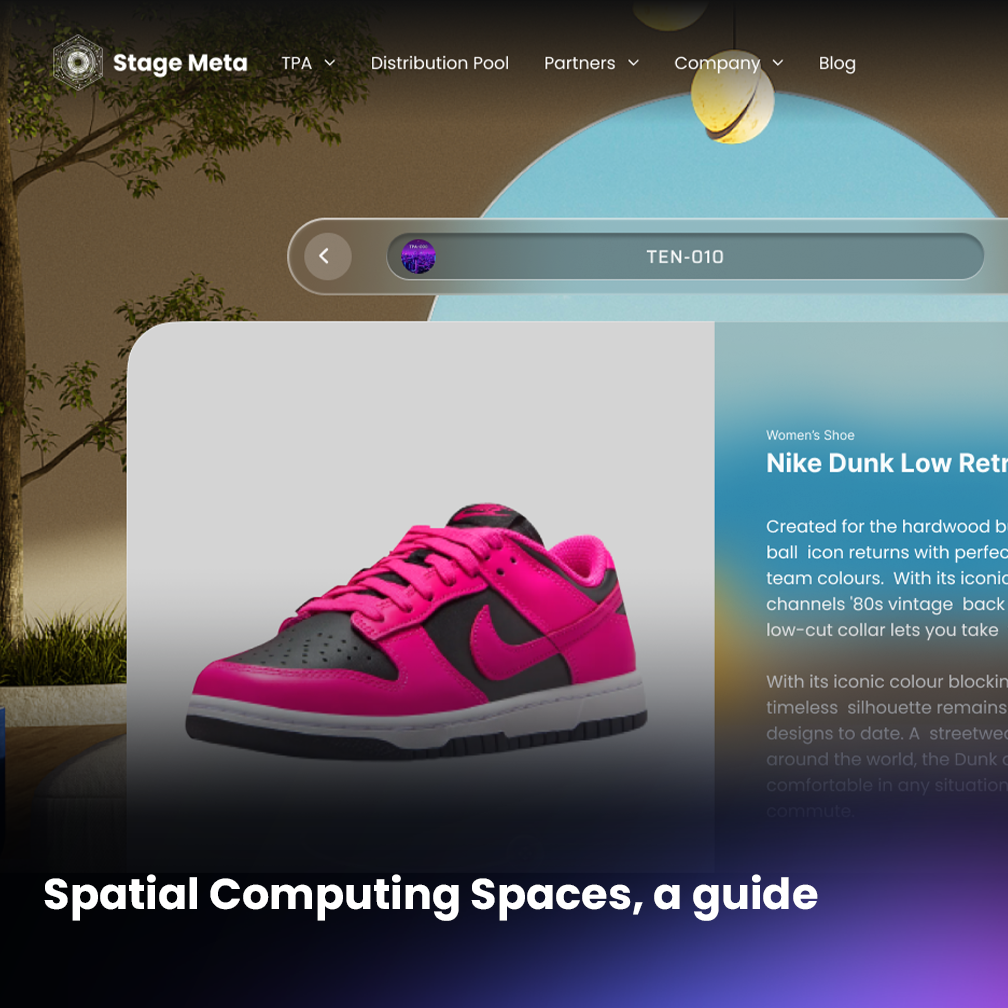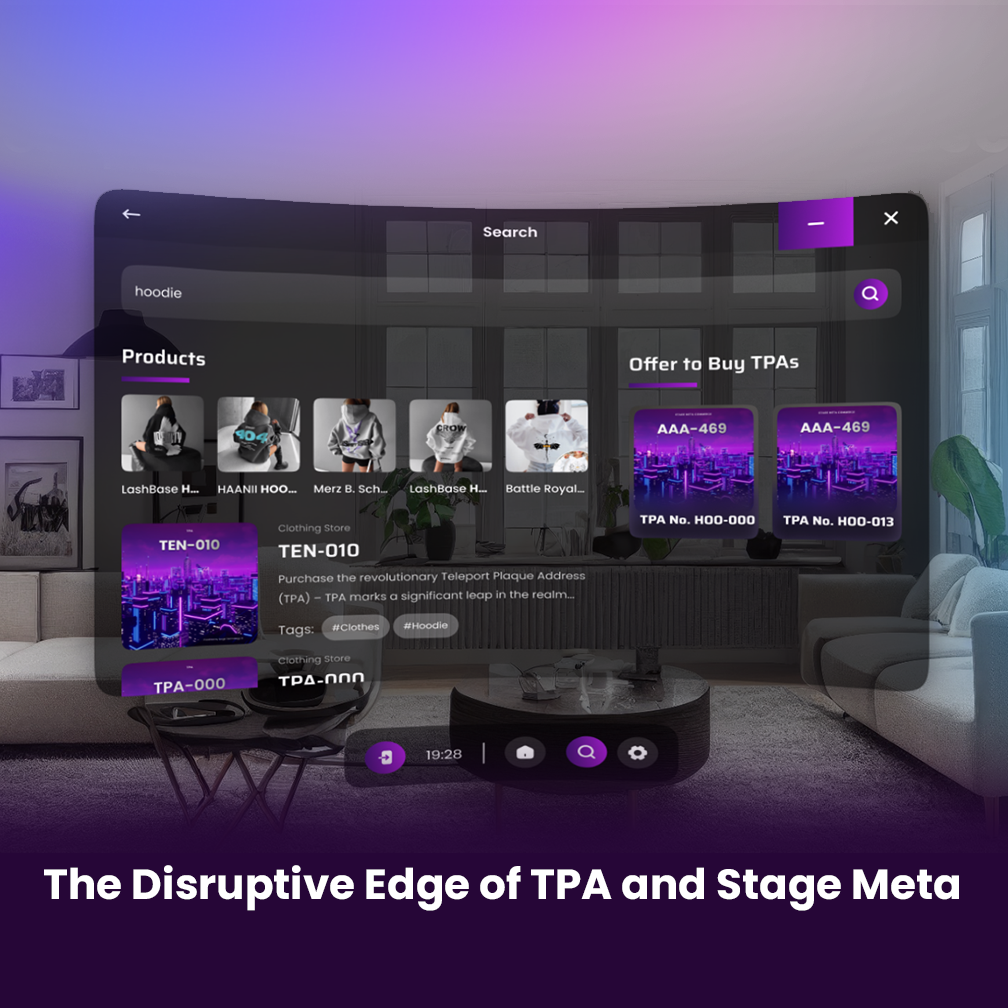
The concept of spatial computing, which involves the integration of virtual elements into physical spaces, has garnered significant attention in recent years. This technology blurs the lines between the physical and virtual worlds, offering exciting possibilities for various industries. In this blog post, we’ll delve into spatial computing spaces and how they’re shaping the future.
What are Spatial Computing Spaces?
Spatial computing spaces refer to virtual environments within a shared digital realm that users can access and experience from anywhere. These spaces encompass a wide range of forms and functionalities, facilitating diverse interactions and experiences for users.
In these spaces, users can engage with one another and with virtual elements in real-time, often represented by avatars that reflect their presence in the virtual environment. The flexibility of spatial computing allows for extensive customization and creation, fostering boundless creative opportunities.
Spatial computing spaces serve multifaceted purposes, including social interaction, gaming, education, and commerce. For instance, they might manifest as a virtual meeting room for collaborative work, a digital art gallery for showcasing creations, or a virtual marketplace for conducting transactions.
These spaces are typically crafted using advanced tools like 3D modeling software and are hosted on platforms that enable seamless access and interaction for users across the globe.
Exploring the Diversity of Spatial Computing Spaces
Spatial computing spaces can be initiated by individuals, groups, or platforms, each contributing to the rich tapestry of virtual locations. Here’s a glimpse into some prevalent categories of spatial computing spaces:
- Social Spaces: These areas within the spatial computing realm facilitate social interaction and connection among users. Examples include virtual cafes, communal gathering spots, and interactive parks. Developers focus on creating immersive environments with high-quality graphics and audio features, fostering engaging interactions and shared experiences.
- Entertainment Spaces: Designed for entertainment purposes, these spaces encompass virtual concert venues, amusement parks, and theaters. Leveraging technologies like VR (Virtual Reality) and AR (Augmented Reality), these spaces offer users captivating experiences such as live concerts, movie screenings, and interactive rides, ensuring a blend of excitement and immersion.
- Educational Spaces: Dedicated to learning experiences, these spaces comprise virtual classrooms, museums, and libraries. They provide users with interactive tools and resources, enabling immersive learning opportunities. Educational spaces in the spatial computing realm foster exploration, collaboration, and creativity, enhancing the traditional learning landscape.
- Gaming Spaces: Tailored for gaming enthusiasts, these spaces feature virtual worlds where users can engage in various games. From casual gaming to complex multiplayer experiences, gaming spaces leverage advanced graphics and gameplay mechanics to deliver immersive entertainment. They serve as hubs for gamers to connect, compete, and explore new realms.
- Commercial Spaces: Focused on commercial activities, these spaces include virtual shopping malls, stores, and real estate platforms. Users can engage in virtual commerce, buying and selling goods using virtual currencies. Commercial spaces in the spatial computing realm offer innovative shopping experiences, blending convenience with immersive interactions.
- Personal Spaces: Individual users create these spaces for personal use, designing virtual homes, gardens, offices, and more. These spaces enable customization and personalization, allowing users to express their creativity and preferences. Personal spaces in the spatial computing realm serve as digital extensions of users’ identities and interests.
- Virtual Replicas of Real-world Locations: Some spatial computing spaces replicate real-world locations such as cities, landmarks, and tourist attractions. Leveraging advanced imaging technologies like photogrammetry and Lidar, developers create detailed virtual replicas for users to explore and interact with, offering a novel perspective on familiar places.
The Evolution of Spatial Computing Spaces
The landscape of spatial computing spaces continually evolves with technological advancements and innovative ideas. As technology progresses, we anticipate witnessing even more creative and impactful uses of these spaces, from virtual conferences to immersive educational simulations.
Whether you’re a technology enthusiast, a creative professional, an entrepreneur, or simply curious about the potential of spatial computing, now is an opportune moment to delve into these spaces and envision the future they hold. Spatial computing spaces are catalysts for innovation, collaboration, and exploration, heralding a dynamic era of interconnected virtual experiences.








